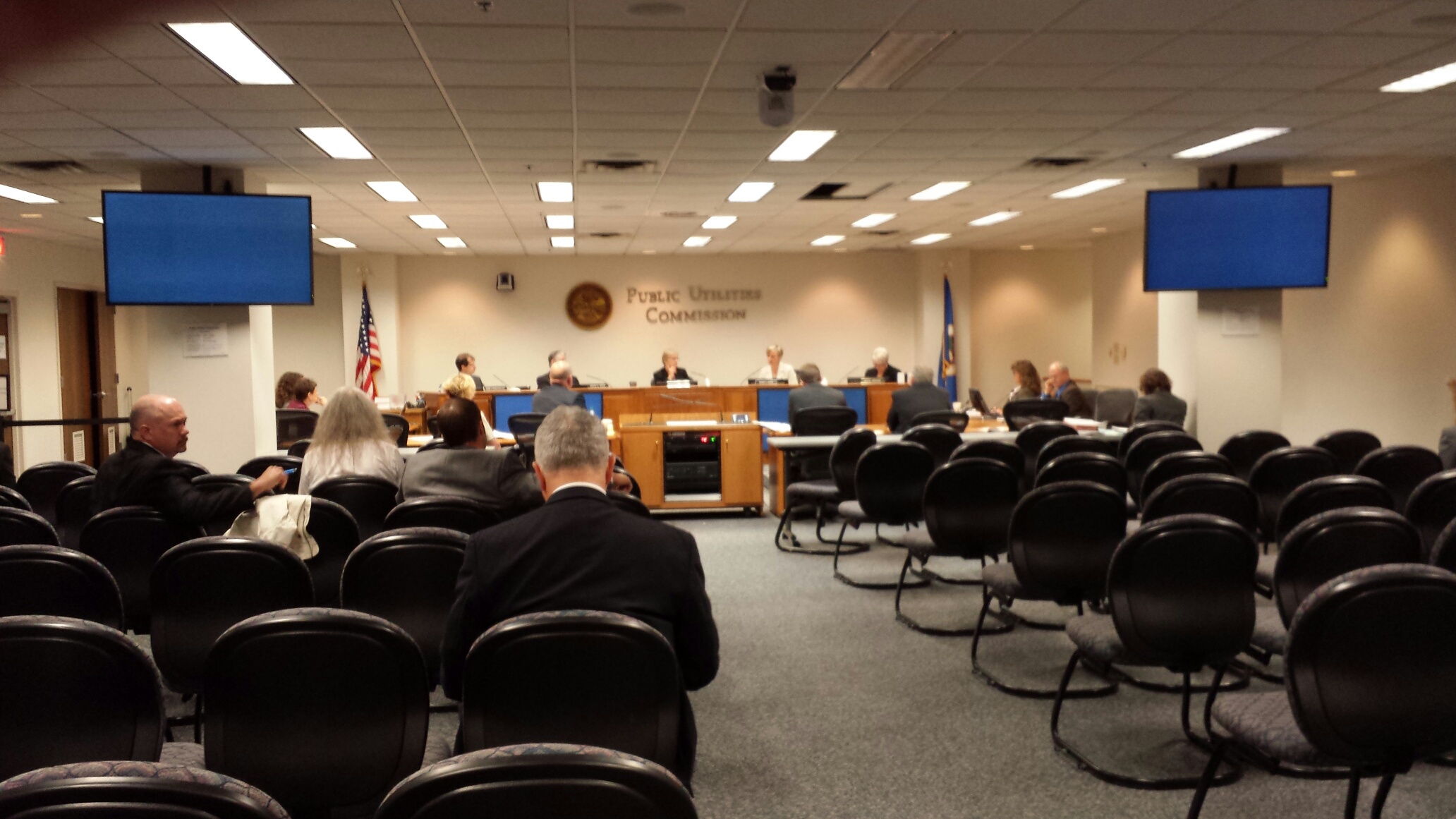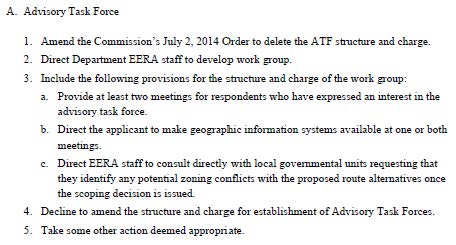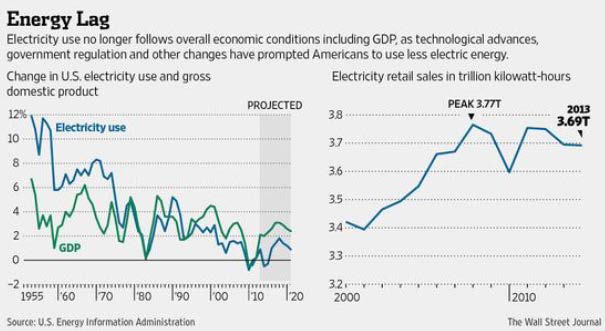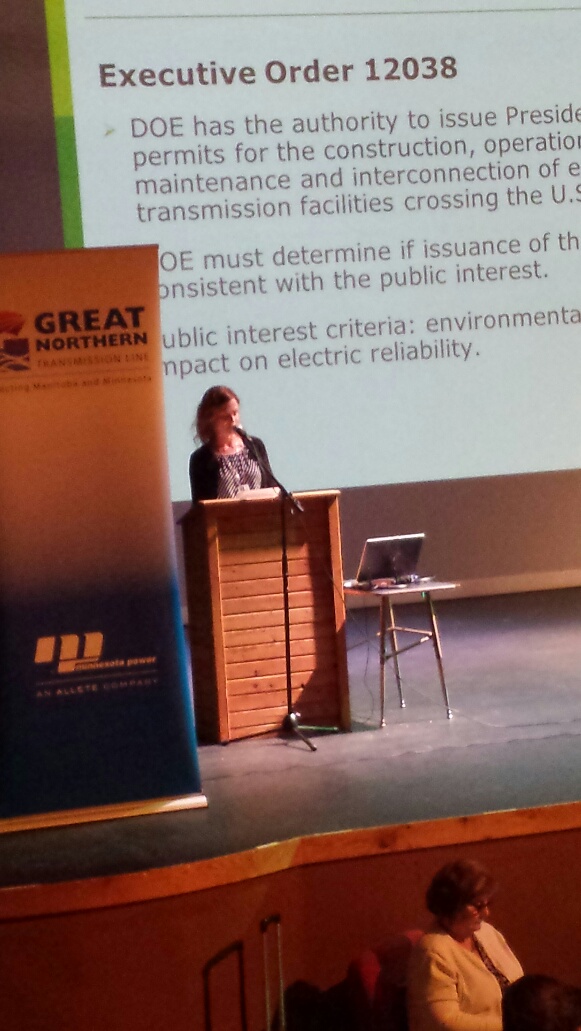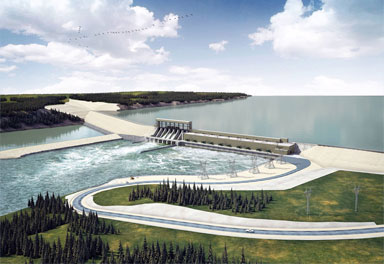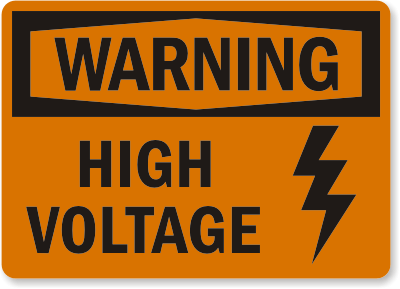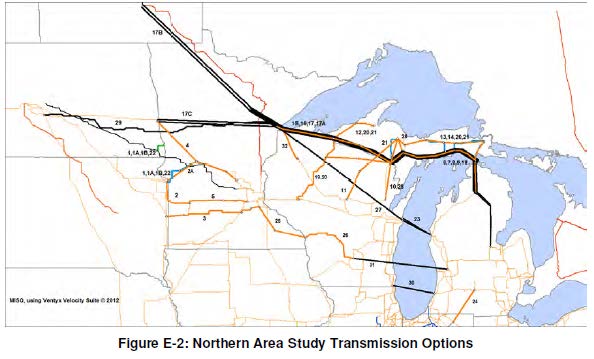Today at the Minnesota Public Utilities Commission, Item 5 on the agenda, before the Sandpiper Pipeline (busy day), was the Dept. of Commerce request for reconsideration of the Commission’s order authorizing 3 Advisory Task Forces for the scoping and routing of the Great Northern Transmission Project.
Again, here’s the background:
Original PUC Task Force Authorizaiton_20147-101165-01
Commerce Request to Reconsider Task Forces
Overland_CATF Comments (filed as individual, RRANT has intervened in only the Certificate of Need docket)
PUC Staff Briefing Papers_Citizens Advisory Task Force_20149-102831-01
At today’s meeting, Bill Storm, Commerce (he was the one on the Excelsior Energy Mesaba Project siting docket) spoke and explained his proposal, how he would organize a workgroup as proposed by Mike Kaluzniak, PUC staff:
- 2 meetings! He claimed no time for more because he has three weeks of hearings on the GNTL CoN 12-1053 — not true, there are 4 meetings, T & W, for two weeks, that’s 4 days, two weeks, not three weeks by any stretch, well, maybe if he rode up there on a horse, otherwise, nope. See Public Hearings for GNTL in October
- 1st meeting — 30 of September or 1st of October. Draft Scoping out 9/30.
- 2nd meeting — digest everything and address further issues and additional alternatives
- 10/31 — Amend/Append the Scoping Summary
- 11/20 — Scoping Record goes to Public Utilities Commission for review/approval.
I was given some time, and noted that I was making comments as an individual, and not in the course of representing any party, that RRANT had intervened only in the GNTL Certificate of Need docket (12-1053), and that Advisory Task Forces was a fundamental issue of mine, and that Minn. Stat. 216E.08 noted that public participation was the fundamental premise of the Power Plant Siting Act and that it was not to be limited to hearings and Advisory Task Forces. In this case, when soliciting Task Force members, the public wasn’t even notified, because there were no published requests for applications, and letters went out only to local governments, and one NGO (local Izaak Walton League chapter) and the Minnesota Forest Resources Council. That’s it. Here are the results of those mailings and follow up calls:
So many were not reached, and how was it determined who to call? Worse, look at how it was presented who could participate:
Sure, the 4th one makes sense, but the first one? “The person cannot be a(sic) unaffiliated member of the public appointed by the LGU to serve on the task force.” Says who? NOT OK. In my comments I stressed that Commerce has long been a problem when it comes to Task Forces, objection to Petitions for Task Forces, and when they’re authorized, Commerce and its “facilitator” try to focus on “Land Use” and in limiting issues and concerns rather than using it as a brainstorming session to assure all relevant issues are raised. See I’m asking you to leave…
And I’d asked that the public be allowed a comment period at the end. Storm objected, saying he didn’t want to delay the process and didn’t want to have to integrate the public into the workgroup. Hello — a comment period at the end is not “integrating into the workgroup,” but then again, the public SHOULD be integrated into the workgroup.
I’d also noted that this is 2014, and that if all the local governments are being emailed a questionnaire regarding local issues, features, alternate routes, that it’d be very simple to provide notice that a meeting IS occurring on X date and to show up if you’re interested. Nope, apparently that’s too much to ask. So I guess I’ll have to do the advocate’s thing and spread the word about that upcoming meeting, which IS a public meeting.
So, these were the decision options for the Commission today:
There were suggestions for 3c — change “once” to “before” and “proposed” with “possible” and those were accepted. I asked that 3a be amended to add “and opportunity for public comment at meetings.” Some agreement that that would be good, but it was dropped along the side of the road.
Motion by Comm. Wergin for A1, and 3 A-C with “possible” and “before” and limited to those local governmental units that had shown an interest.
But here’s the weird part. At the end, Comm. Wergin made a rather long statement about her (but speaking in royal “we” language) confidence in Storm and his ability and willingness to be open to input, that if he’s in charge, all is well and good.
It’s unfortunate that the Advisory Task Force meetings for the Excelsior Energy Mesaba Project weren’t recorded, particularly that last one where the Task Force was railroaded to a most unfortunate position.
Yup, need to make sure that doesn’t happen again.

